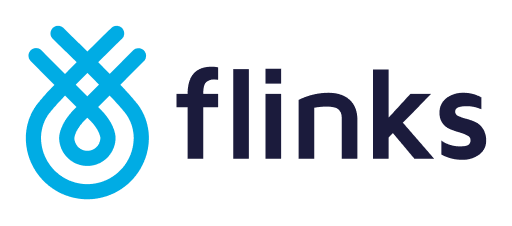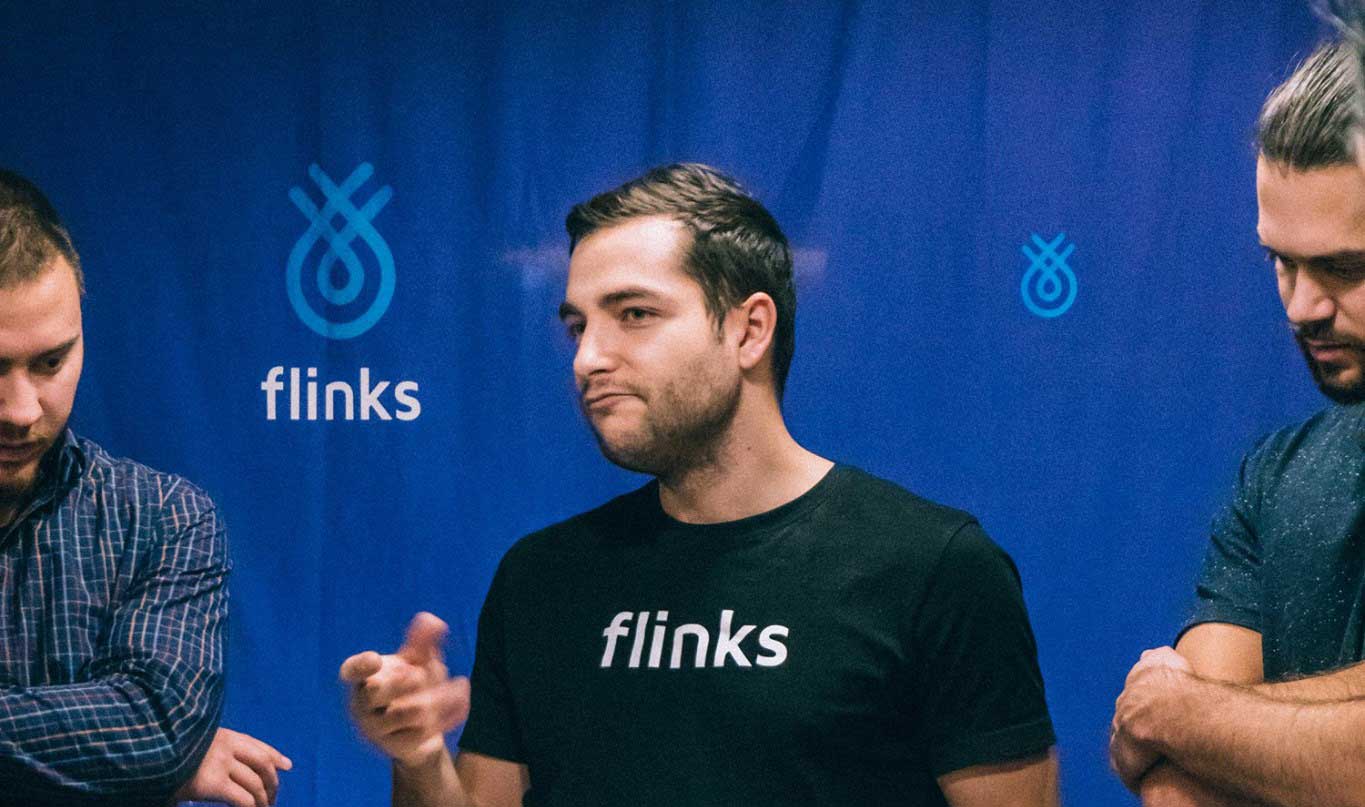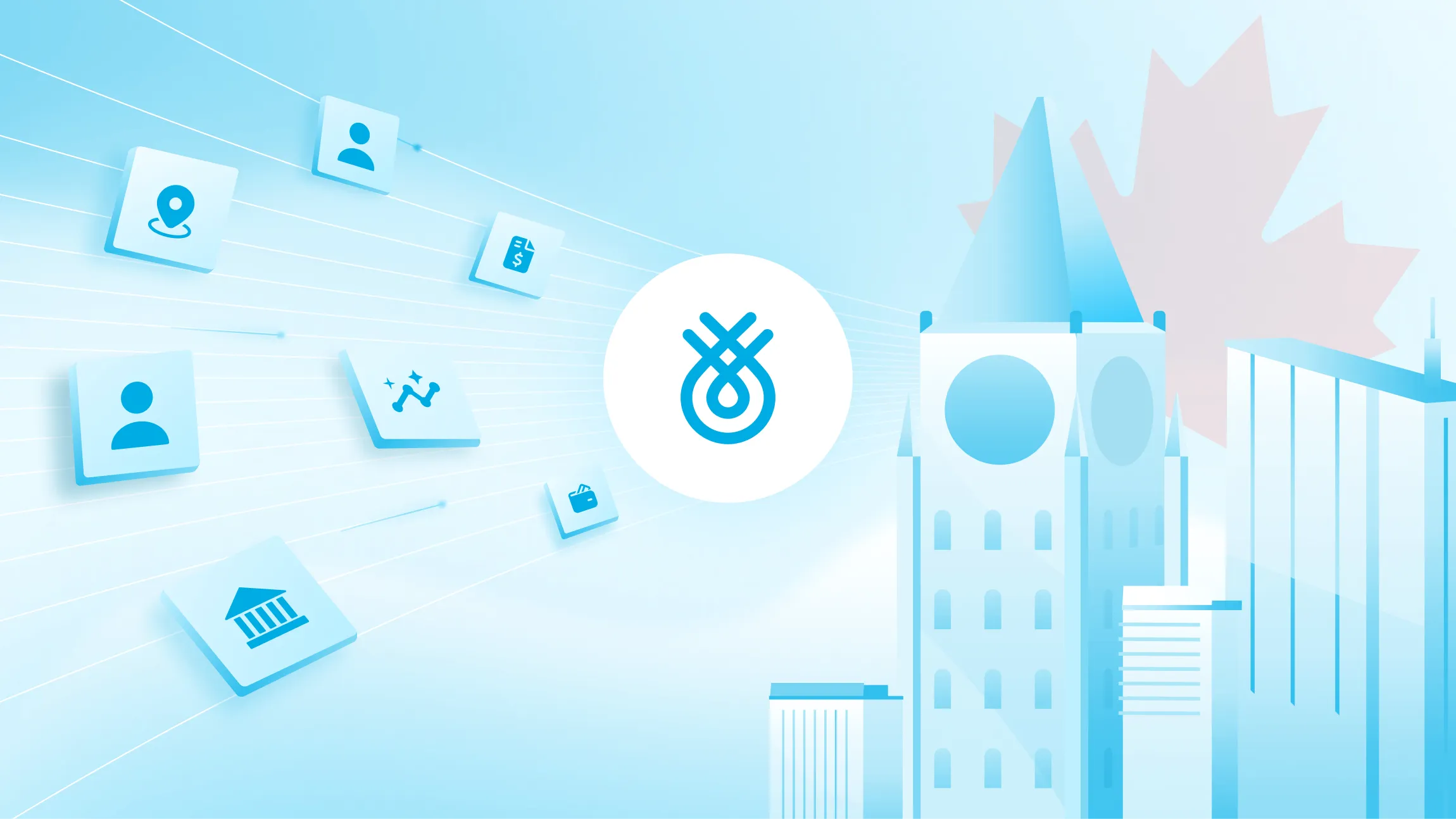Exactly a year ago, Flinks consisted of a grand total of 3 employees -- its founders: YG (CEO), Julien (CTO), and myself (go figure what my role is). 12 months later, seeing that we’ll be 32 full-time employees before long (we just hired 4 people, and are hiring an additional 8 in the next 6 weeks), we thought we’d take a minute to reflect.
Success & Pain (or the aggressive go-to-market strategy)
Amongst the many choices we made starting Flinks, the go-to-market strategy is perhaps the most interesting one to share, as it had the most impact on our acceleration.
“Too early is the only viable timeline.”
We didn’t invent it, we just executed it very well (we thank Eric Ries for the blueprint).
Behind that strategy is the belief that nothing will make your company accelerate faster than the speed at which it can learn. Simply put, when you craft your ingredients to success, speed of learning > speed of execution.
Here’s what an aggressive go-to-market strategy looks like:
- Push your MVP into market before it’s actually ready. This means putting a highly imperfect beta product in the hands of first adopters.
- Get paid to do it. Not billing is the best way to be pursuing fantasies. The purest measure of market traction is the ability to collect real revenues from paying clients. When you do, you know you’re solving a real problem, even if your solution is far from perfect at first.
- Listen to clients. A lot. This means phone calls, lots of phone calls (sometimes unpleasant ones), in-person meetings, bringing your clients directly on Slack, late-night text messages, etc.
- But don’t (always) do as they say. This is ultra counter-intuitive at first, but it is very important to filter client requests to determine what brings value, and what makes you drift away from your core business.
If that sounds painful, it’s because it is. Above, you can see the smiling face of Simon-Pierre, responsible for all IT Operations at Flinks - believe me, joy wasn't the only emotion he or anyone in the team experienced as we scaled.
Ultimately, the entire success of the approach depends on your ability to accomplish steps 1-4, AND to maintain (1) your integrity, and (2) the trust of your clients: your 2 biggest assets as a startup.
Here’s what Flinks go-to-market strategy looked like:
- $500,000: Before the company was incorporated, we racked over $500K in annual recurring revenues (ARR) in signed letters of intent, coming from a dozen different potential clients
- $5,000: less than 60 days after the first line of code (and long before we had anything resembling a viable product), we found a way to invoice, and collect revenues from multiple early adopters
- 120 days: before the company was 4 months into existence, we successfully developed, and brought to market our API with live traffic reaching over 100 daily users
- 0: to this day, we have not lost a single one of our early adopter.
The legacy of these intense first months are 2 of Flinks’ core principles:
- Follow market traction, not fantasies - traction doesn’t lie.
- Be agile - deliver often, adapt when needed, and learn always
Why building a FinTech startup
As Musk puts it, you’ve got to have a certain pain tolerance to thrive in a startup environment. Very simply put, that environment is characterized by the combination of (1) great opportunities/needs, and (2) extreme scarcity of resources.
That context, best incubator for true innovation, forces you to do twice as good as the competition, with a fraction of the resources they have, or else you’ll fail. The privilege of following a steep growth trajectory comes with the burden of operating under that often insane pressure.
Here’s what would explain your desire be part of building a FinTech startup:
- Startups in general - off the beaten tracksome text
- If the company you work in has any real measure of success, you’re most likely doing something no one has ever done before.
- Startups in tech - scalabilitysome text
- Tech startups are highly scalable. When the market timing is good, you can scale at a ludicrous speed. A few Canadian success examples: Slack (valued at over 5B, a slim 8 years into business), Shopify (now valued at over 12B), Lightspeed.
- Startups in finance - high impactsome text
- finance touches everyone ; therefore, if you’re attempting to solve a big-enough problem, there’s virtually no limit to the positive impact you can have on people’s lives.
So if you’re going to have fun building Flinks (meaning if, for you, the rewards will outweigh the pains), it’s likely because you’ll share our appeal to create something new, highly scalable, and high impact.
You
Still here? I invite you to read this hello from Flinks.
If you’re exceptional at what do you, and the prospect of building the future of finance attracts you, get in touch.




